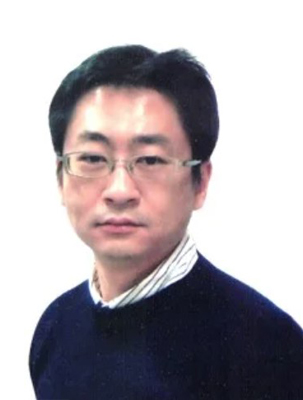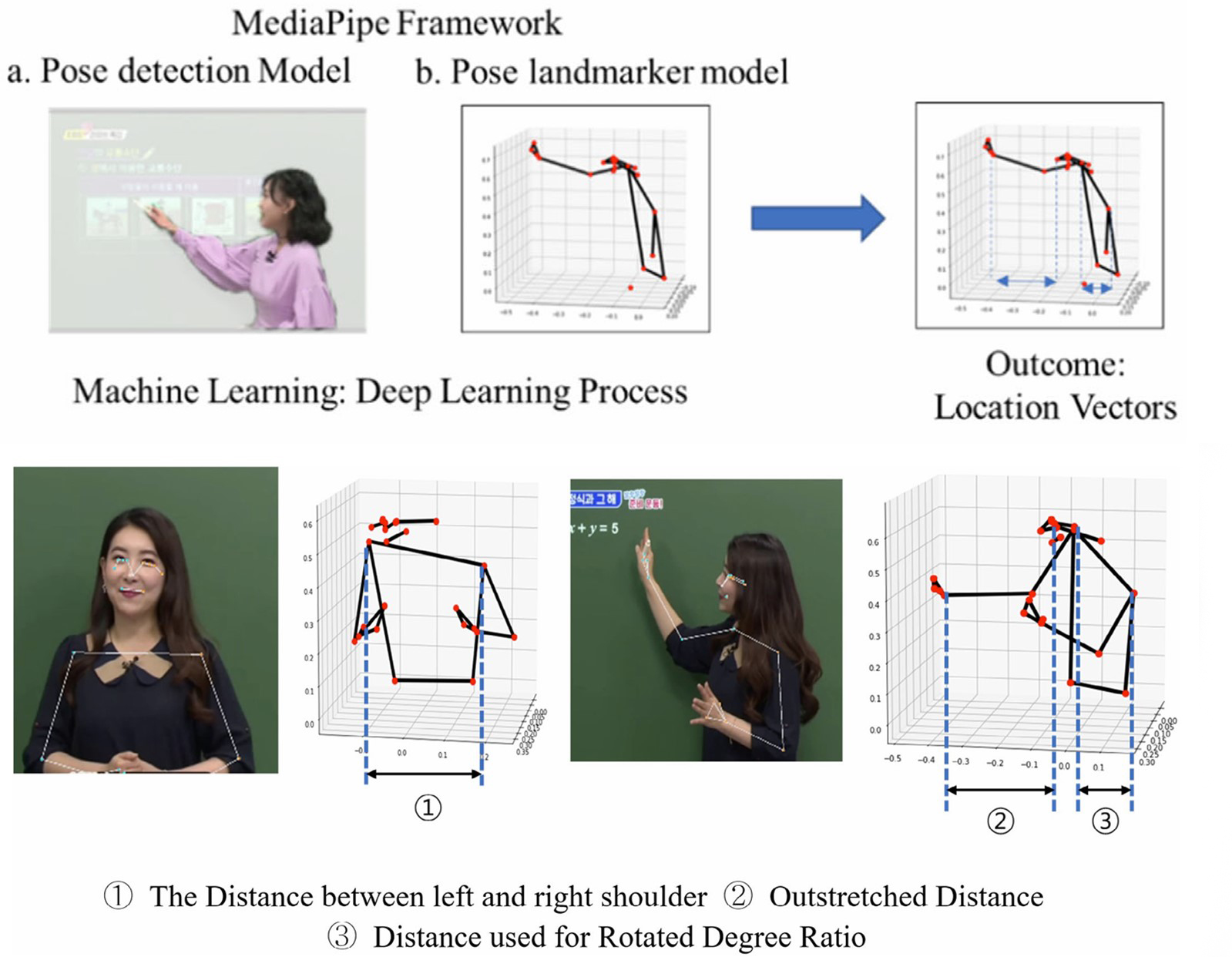본문
A non‐verbal teaching behaviour analysis for improving pointing out gestures: The case of asynchronous video lecture analysis using deep learning

by Prof. Ho Young Yoon
Division of Communication & Media
PURE Research Profile
hoyoungyoon@ewha.ac.kr
The study, conducted by Ho Young Yoon, Seokmin Kang, and Sungyeun Kim, titled “A Non-verbal teaching behavior analysis for improving pointing out gestures: The case of asynchronous video lecture analysis using deep learning”, examines the differences in non-verbal teaching behaviors between pre-service teachers (PTs) and in-service teachers (ITs) in asynchronous video lectures. The research focuses on analyzing pointing gestures and body orientation to assess the effectiveness of knowledge delivery in online teaching environments which often referred as “internet-lecture” in Korea.
The increasing prevalence of asynchronous video lectures in education, especially in the context of the COVID-19 pandemic, has highlighted the need for effective online teaching strategies. However, there is a notable gap in research regarding the preparation of pre-service teachers for asynchronous video instruction due to the emphasis of in-class teaching environment. This study aims to address this gap by comparing the non-verbal teaching behaviors of PTs and ITs, with a specific focus on the knowledge delivery methods in relation to the method of signaling the importance of the subjects being taught.

The study analyzed asynchronous video lectures from four pre-service and four in-service teachers across four diverse subject topics: Chinese, Korean, Mathematics, and Science. Using deep learning pose detection method, specifically the Google MediaPipe framework (https://ai.google.dev/edge/mediapipe/solutions/guide?hl=en), the study quantified teachers' poses during their instruction towards a video camera. The analysis focused on two main features: the length of outstretched arms (pointing gestures) and the degree of body orientation towards the lecture material.
The findings revealed that PTs showed less effective use of pointing gestures compared to ITs. ITs demonstrated subject-specific variations in their arm extension, indicating more effective strategies for knowledge dissemination. PTs' arm stretches were not significantly differentiated across subjects, suggesting a lack of subject-specific adaptation. ITs showed more consistent and defined approaches in their body orientation across various subjects. PTs exhibited considerable inconsistency in their body orientation, particularly in subjects where they had less native proficiency. ITs adapted their non-verbal communication more effectively in subjects like Chinese and Science, which may present more challenges to Korean students. PTs showed less variation in their gestures and body orientation across different subjects, indicating a potential lack of subject-specific pedagogical approaches.
The study highlights the need for more refined pedagogical practices for PTs to effectively engage learners in asynchronous learning environments. Training should focus on developing subject-specific non-verbal communication techniques, particularly for challenging subjects. The research underscores the critical role of non-verbal behaviors in enhancing student engagement and comprehension in online lectures. Effective use of pointing gestures and appropriate body orientation can significantly improve the quality of knowledge delivery. The study als0 demonstrates the potential of visual data analysis and deep learning technologies in advancing professional development in education. These tools can provide critical insights into educators' instructional methods and pinpoint areas needing enhancement.
* Related Article
Yoon, H. Y., Kang, S., & Kim, S. (2024). A non‐verbal teaching behaviour analysis for improving pointing out gestures: The case of asynchronous video lecture analysis using deep learning. Journal of Computer Assisted Learning, 40(3), 1006-1018.






